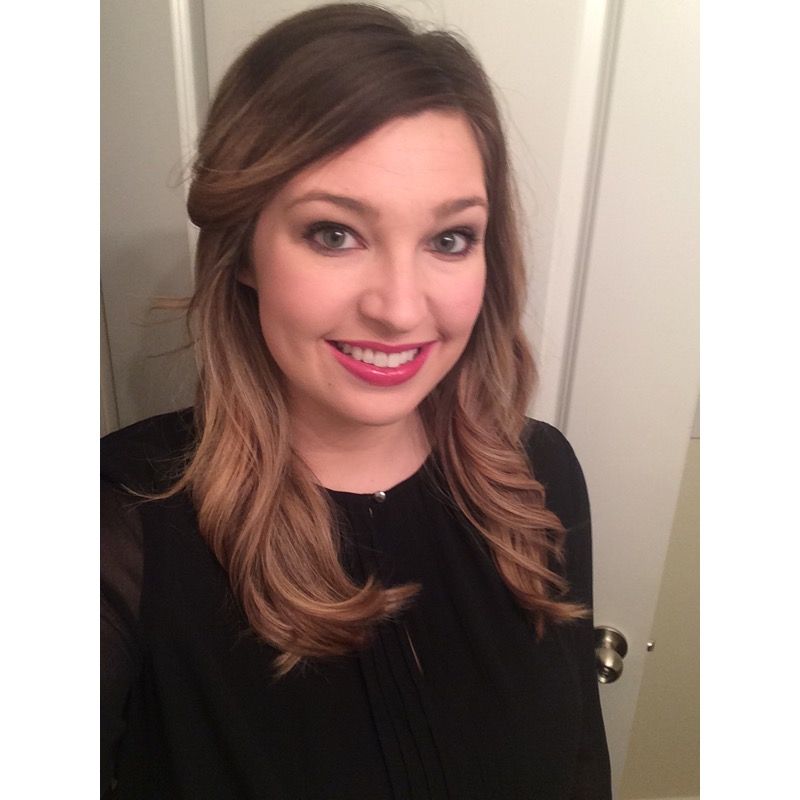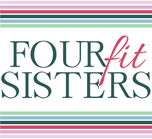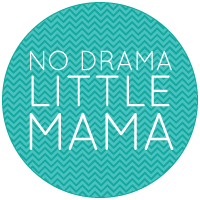You wouldn’t know it sometimes by my vast wardrobe of Norts and yoga pants, but I really love fashion and everything it entails. One of the reasons I find fashion so interesting is that our clothing portrays a lot about us to other people - it’s basically a walking advertisement for our personality and style. Therefore, I wasn’t too surprised when I found these articles on Medscape today about doctors and their clothing: http://www.medscape.com/viewarticle/803808 and http://www.medscape.com/viewarticle/779588
Medicine may be one of the most conservative professions left in existence. (Not necessarily from a political perspective, more so socially and culturally.) While many businesses are allowing employees to adopt casual wear more frequently and extreme fashions become more common, the medical profession's ideal attire has remained steadfast.
According to the two articles, when doctors dress in traditional garb (i.e. white coat, scrubs, shirt and tie) patients felt more confident in the doctor’s abilities as compared to more casual attire like jeans. Other notable features of their uniform were a visible, easy-to-read name tag and a well-kempt appearance.
So far this all makes sense. A professional appearance in almost any field is considered important. What struck me was this: "Traditional attire was associated with perceptions of knowledge, honesty, and providing best overall care." I find it thought provoking that doctors spend 8+ years honing their skills but such a large part of their performance and perceived competence is based on their tie choice. An over simplification but none-the-less...
A physician’s clothing choice may impact the way in which they interact with their patients and may even influence the patient’s overall quality of care. The articles also discussed doctors tailoring their dress to the population with which they are working; in this case, the homeless. In order to seem more approachable and relatable, doctors ditch the white coat and opt for casual dress. In the same vein, those working in pediatrics might gravitate to more colorful and whimsical colored scrubs or outfit combinations to appeal to their patients. Plastic surgeons, as in the popular show Dr. 90210, choice high-end suits, spray tans, and expensive accessories.
 |
| Love Dr. 90210 (Via) |
The articles made me realize that my daily uniform of yoga pants and old college t-shirts are numbered. It certainly supported the importance of a good first impression and of being mindful of your ability to relate to your patient population. This makes me wonder if there are differences based on appearance in other categories. How do patients feel about skinny vs. overweight or male vs. female (dare I ask, perceived race or country of origin?)


















No comments:
Post a Comment